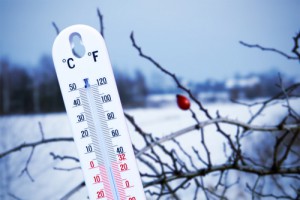
Air-source heat pumps provide cooling in much the same way as high-efficiency A/Cs. They differ from air conditioners in their ability to also provide very efficient heating, accomplishing more than 300 percent heating efficiency in some cases. They do this by extracting heat energy from the outside air, and then using the unique heat exchange capabilities of refrigerant to transfer and release the heat inside. However, when temperatures fall below freezing, the appliance will struggle to extract sufficient heat energy for comfortable indoor heating.
This is when the heat pump kicks on the supplemental heat source. This is a common feature in heat pumps sold in northern climates, since our temperatures spend much of the winter below freezing. The main type of backup heating is an electric heating element. This system heats up wires or coils that then heat the air before it gets circulated through the duct system. These systems provide one-to-one heating efficiency, as opposed to one-to-three in a heat pump's normal heating operation.
Many homeowners in northern climates are beginning to opt for dual-fuel, or hybrid, backup heating for their heat pump needs. In this case, a combustion heating system, usually a natural gas furnace, will provide the supplemental heating. This is a relatively cheap way to heat a home these days. While a gas furnace isn't any more efficient than the backup electric heating element, the cost of the energy source is a good deal lower.
For more information about heat pumps and what features are available to make them a viable alternative in the Route 495/128 area of Medway MA, contact us at Rodenhiser Plumbing, Heating & Air.
Image via Shutterstock.com